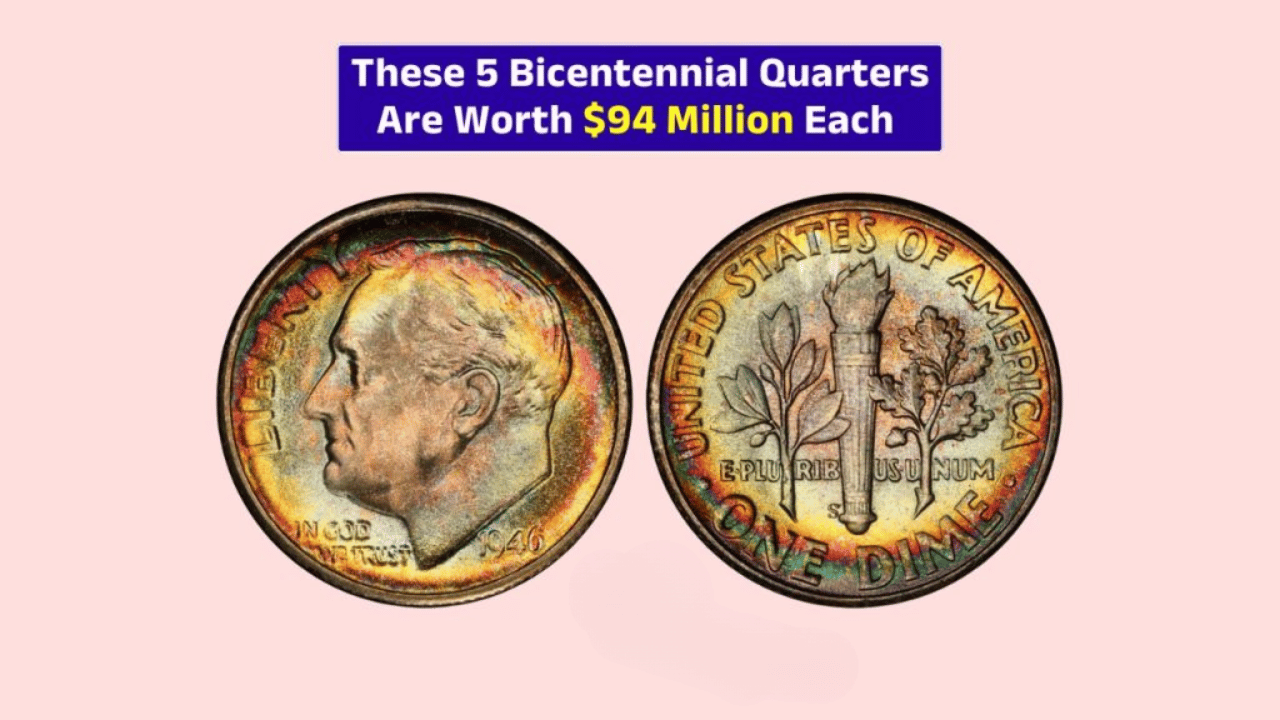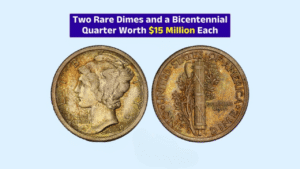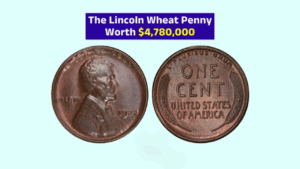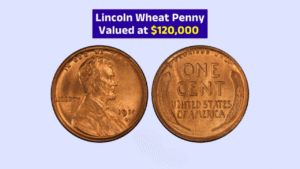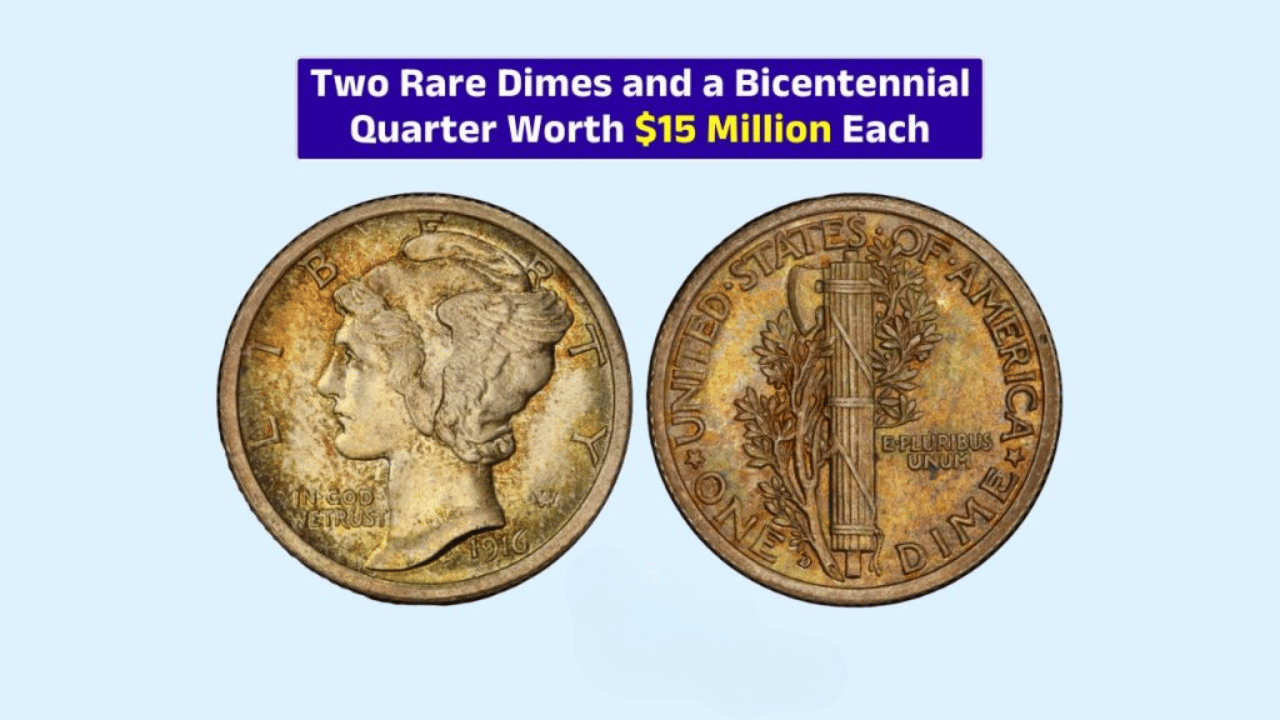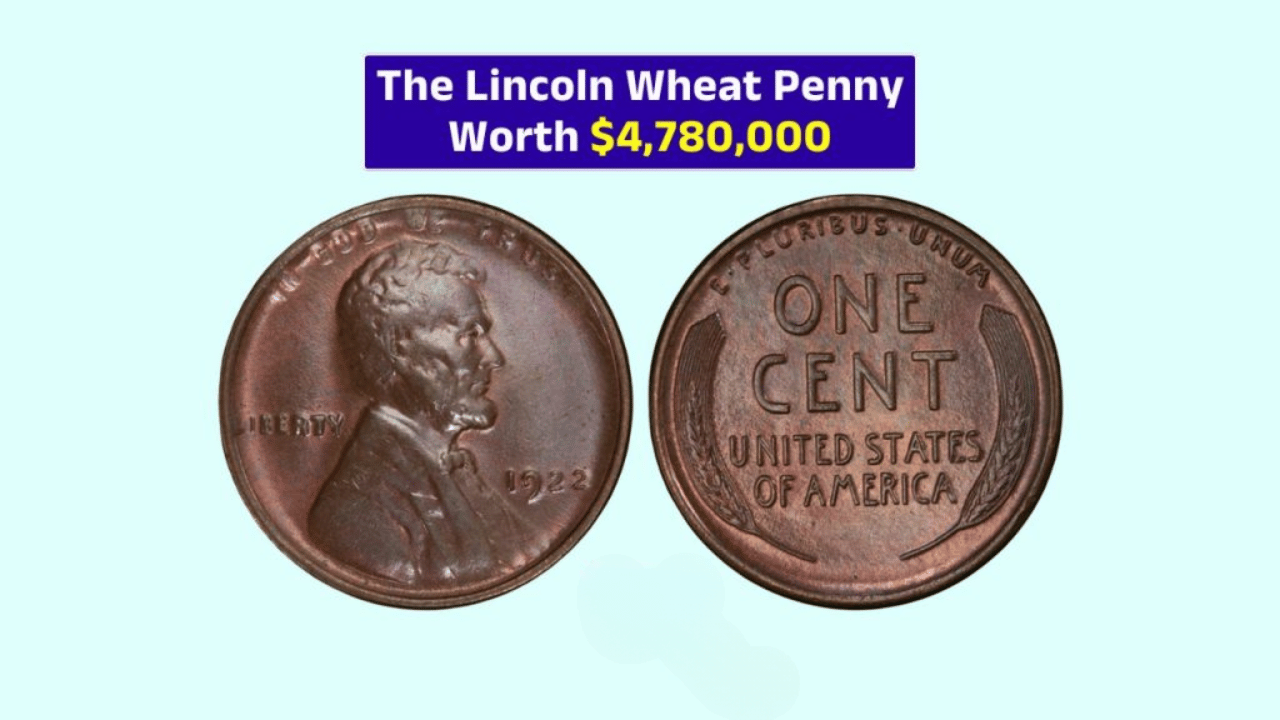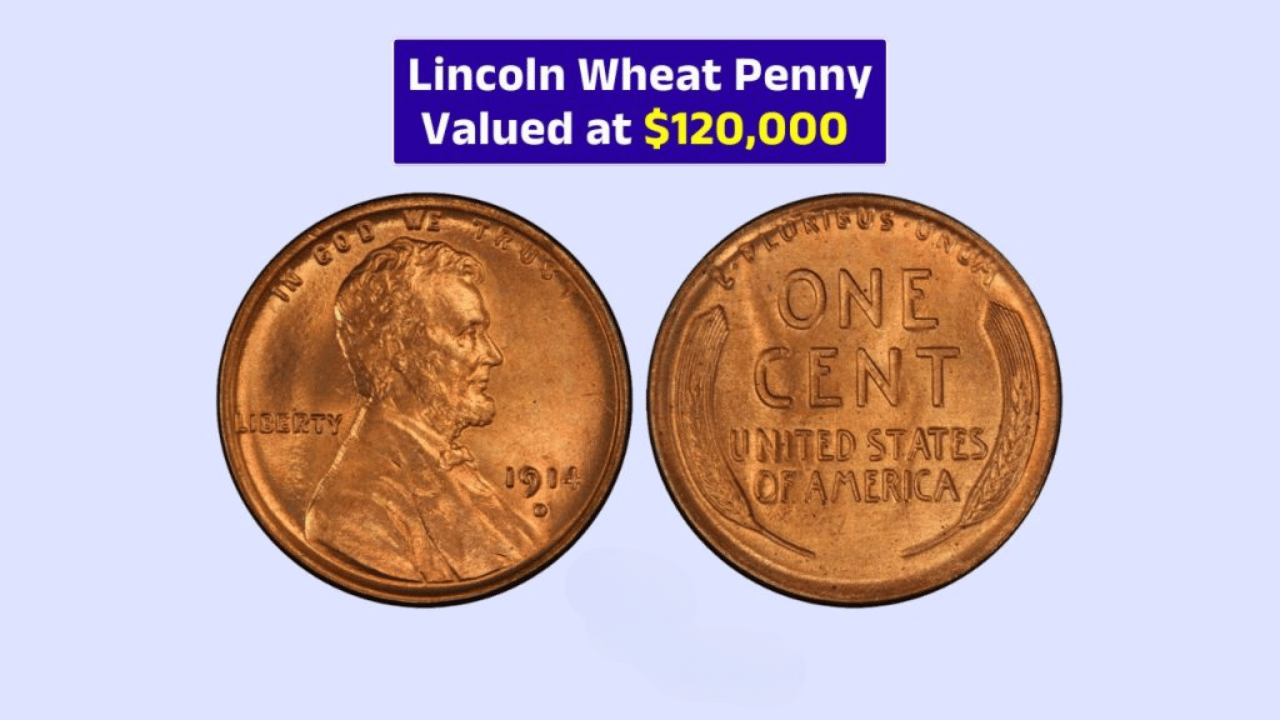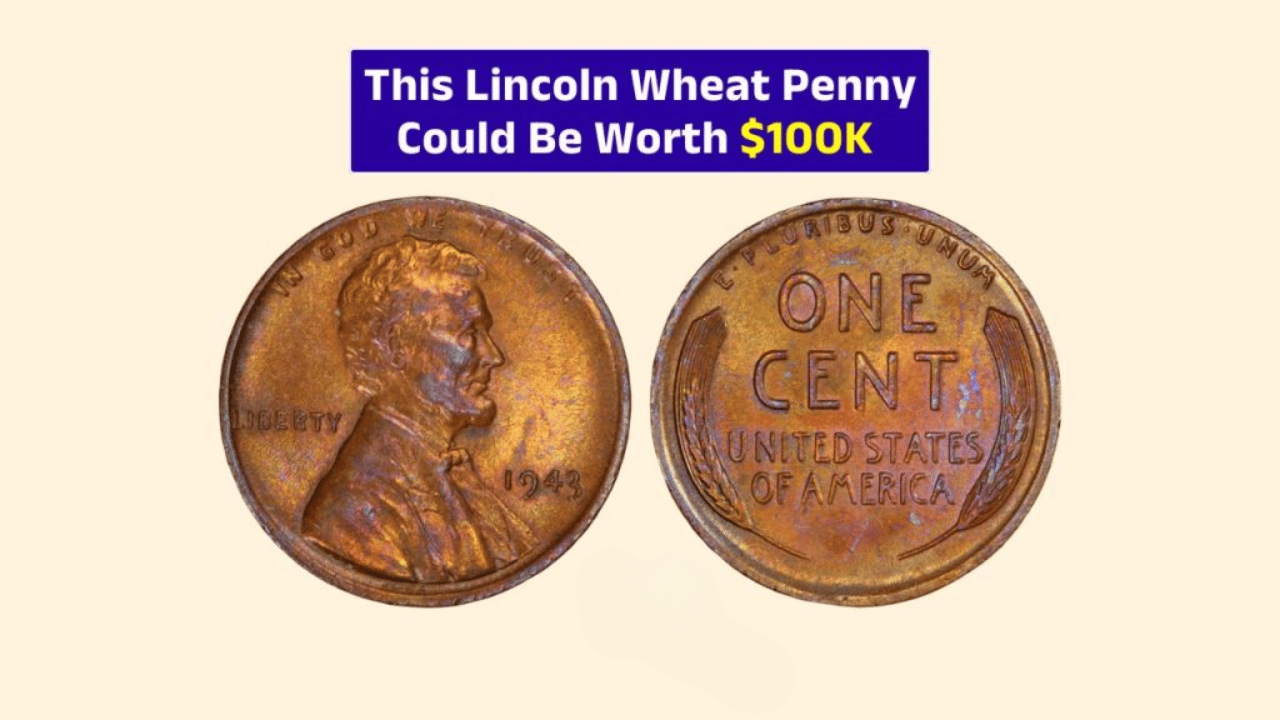Could a single quarter in your change jar be worth $94 million? It sounds unbelievable, but within the world of rare coin collecting, it’s not entirely impossible. While most 1976 Bicentennial Quarters are only worth 25 cents, a few rare versions—because of minting errors, unique metal content, or historical significance—have been rumored to carry values that could make headlines.
Alongside them, certain Roosevelt and Mercury dimes also continue to command astonishing prices due to their scarcity and condition. Let’s break down five of the most valuable U.S. dimes and quarters that could turn up in your everyday change—and what makes them worth a fortune.
1. The $94 Million Bicentennial Quarter – Fact or Fiction?
The 1976 Bicentennial Quarter, featuring a Colonial drummer boy on the reverse and a dual date (1776–1976), was released to celebrate America’s 200th birthday. While hundreds of millions were minted, a few special versions have become the stuff of legend.
What to look for:
- Silver composition (40% silver): Only found in collector sets
- Double die errors
- Off-center strikes
- Proof strike with sharp details
- Unique die varieties or test strikes
Some of these rare errors or unintentional test strikes have been valued into the millions at private sales or rumored auctions. While the $94 million figure is likely exaggerated or speculative, certain flawless or historically significant specimens could fetch extraordinary prices—especially to the right collector.
2. 1946-S Roosevelt Dime – The First of Its Kind
This dime marked the beginning of a new era in U.S. coinage, replacing the Mercury dime and honoring President Franklin D. Roosevelt.
Why it’s valuable:
- First year of issue
- San Francisco Mint (“S” mintmark)
- Pristine, uncirculated condition
- Low population in higher grades
Though millions were minted, those in mint state with full torch bands on the reverse can fetch thousands of dollars.
3. 1968-S Roosevelt Dime – A Collector Set Rarity
The 1968-S Roosevelt Dime was not made for general circulation. Instead, it was minted solely for proof sets, making any discovery in loose change extremely unusual.
Key features:
- “S” mintmark below the date
- Only found in proof sets
- Sharp, mirror-like surfaces
High-grade examples can be worth hundreds or even thousands if they’re error-free and well-preserved.
4. 1975 No Mintmark Roosevelt Dime – The Modern Mistake
In 1975, the San Francisco Mint struck dimes for collector sets, each supposed to carry the “S” mintmark. But a small number were accidentally struck without any mintmark—a major error.
What to look for:
- No mintmark at all
- Sharp strike (proof coin)
- Weighs approx. 2.27 grams
- Mirror-like finish
Only a few are known to exist. One example sold for over $450,000, and their value could increase as fewer are found.
5. 1916-D Mercury Dime – A Key Date Classic
The 1916-D Mercury Dime is one of the rarest and most coveted coins in American numismatics. It was the first year of the Mercury dime, but the Denver Mint produced only 264,000 of them—making it an instant rarity.
Value depends on:
- “D” mintmark near the base of the torch on the reverse
- Wear and luster
- Presence of full bands
In mint condition, this dime can be worth $10,000 to $100,000+, with top-graded specimens reaching even higher.
Table: Rare Dimes and Quarters to Watch For
| Coin | Year | Mintmark | Key Feature | Estimated Value |
|---|---|---|---|---|
| Bicentennial Quarter | 1976 | Varies | Error strikes, silver proof | Up to $94 million* |
| Roosevelt Dime | 1946-S | S | First-year issue, full bands | $500 – $5,000+ |
| Roosevelt Dime (Proof Only) | 1968-S | S | Collector set only | $100 – $1,000+ |
| Roosevelt Dime (No Mintmark) | 1975 | None | Rare mint error | $250,000 – $500,000+ |
| Mercury Dime | 1916-D | D | Low mintage, early design | $5,000 – $100,000+ |
*Extreme value only applies to unique prototypes, mint errors, or flawless high-grade examples.
Could You Be Holding One?
Here are a few simple tips to spot a potentially valuable coin in your possession:
- Check the mintmark: Look near the date or on the reverse for tiny letters like D (Denver), S (San Francisco), or the absence of a mark altogether.
- Look for errors: Off-center strikes, double dies, or unusual colorations could indicate a minting mistake.
- Use a magnet: Silver coins won’t stick; neither will copper. But plated or fake coins might.
- Weigh the coin: Using a precise scale can help identify errors or metal composition mismatches.
- Never clean the coin: Even gentle cleaning can ruin its value. Leave it untouched and consult a professional.
A Small Coin with Life-Changing Value
Your change jar, purse, or old coin folder might hold more than just cents—it could hold a piece of history worth millions. While most Bicentennial quarters and Roosevelt dimes are common, the rare few that stand out due to minting errors, composition, or condition are treasures hiding in plain sight.
So next time you receive change or empty your pockets, take a closer look. A single coin could change your life.
FAQs
Are Bicentennial quarters really worth $94 million?
Only in extremely rare and speculative cases involving unique mint errors or prototypes. Most are worth 25¢ unless verified as rare.
What does “no mintmark” mean on a coin?
It indicates the coin was struck at the Philadelphia Mint, or it’s a rare error. In some years, missing mintmarks are worth big money.
Where is the mintmark on Roosevelt dimes?
On the reverse (pre-1965) or just above the date (post-1968).
How do I know if I have a valuable coin?
Check its date, mintmark, condition, and unique features. When in doubt, consult a professional or submit it to a grading service.
Can rare coins still be found in circulation?
Yes, although it’s rare. Some valuable coins have surfaced in pocket change, garage sales, and old family coin jars.
